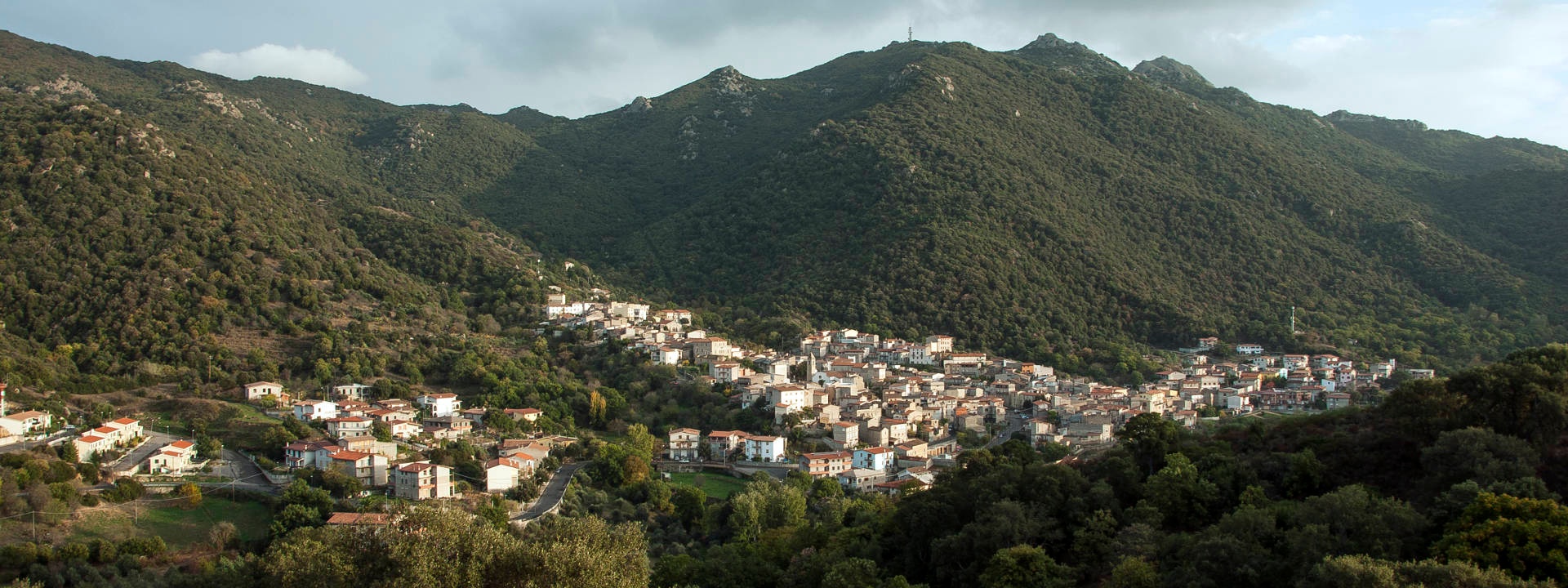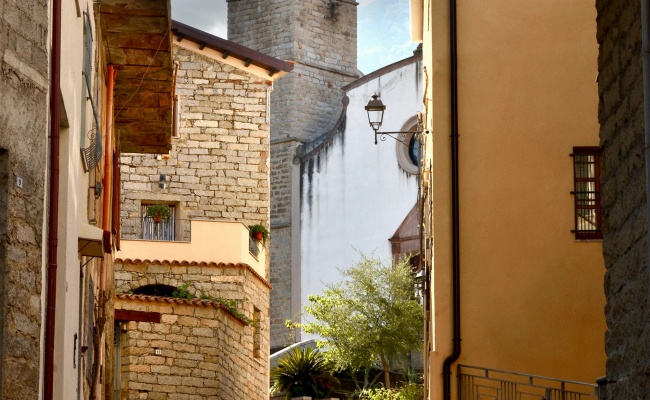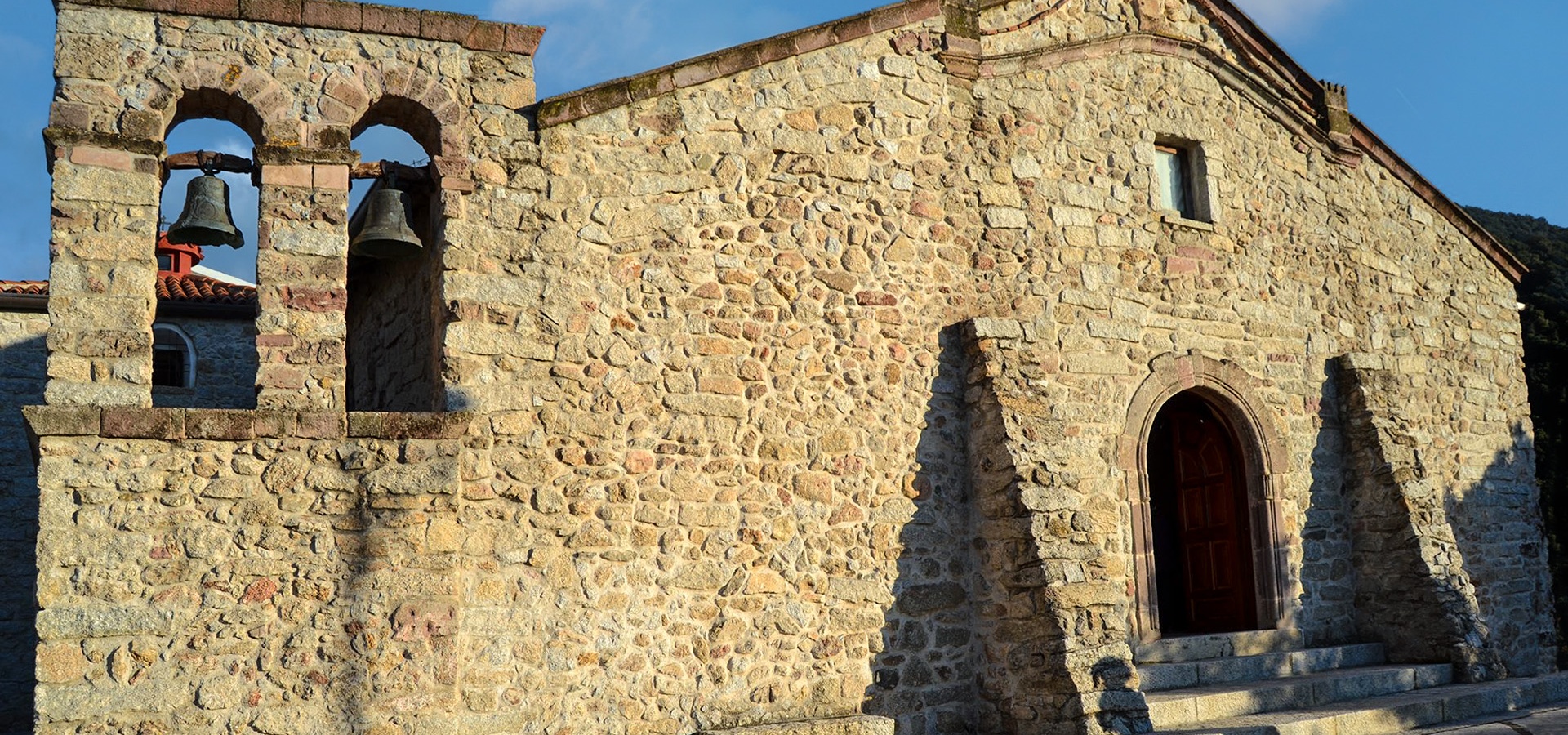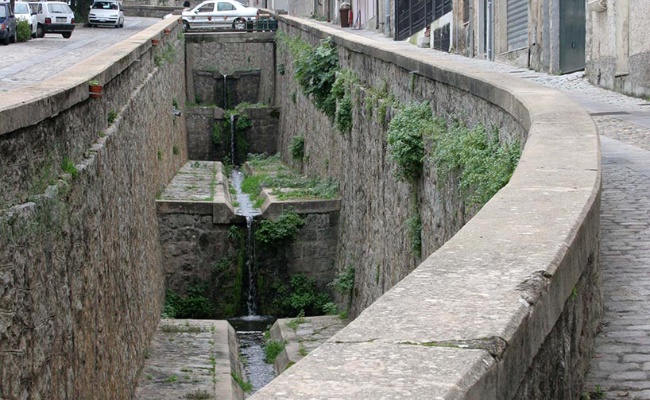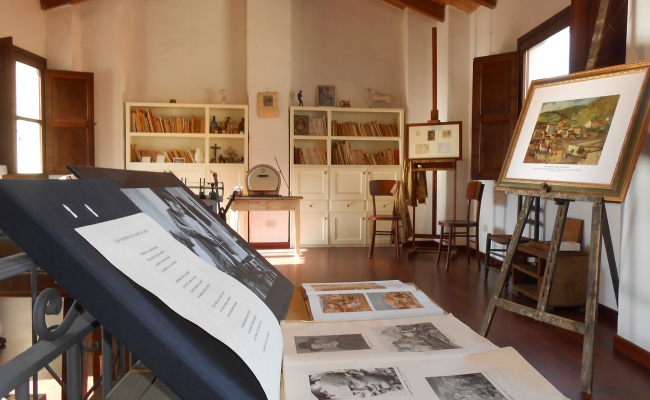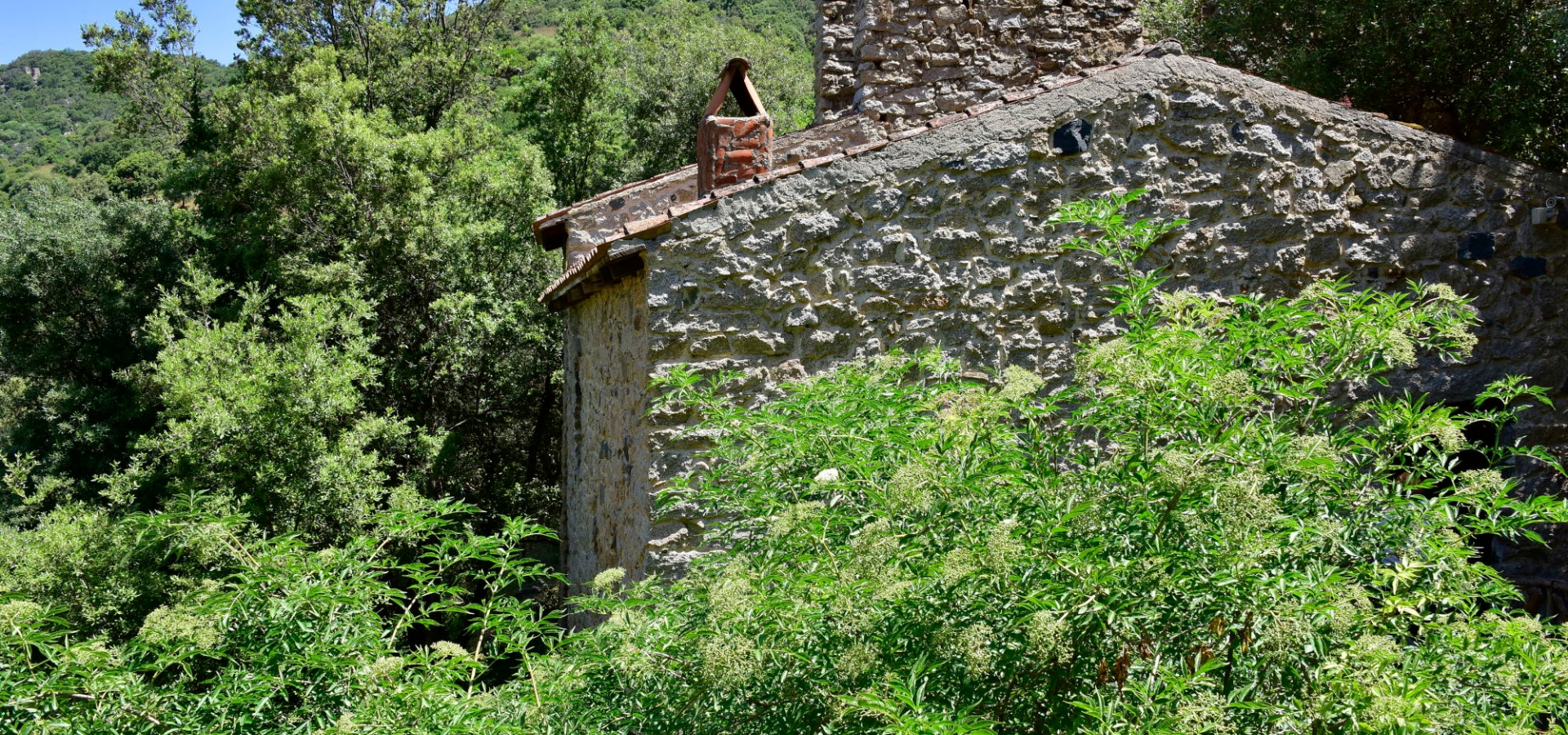Olzai
Description
Olzai is an enchanting town surrounded by mountains and overlooking a picturesque valley, with panoramas range from the Gennargentu mountains to the valley of the Tirso river.
The oldest building is the picturesque church of Santa Barbara, which was built in the fourteenth century and seat of the seventeenth-century confraternity of Santa Rughe. Inside the church, there is a fifteenth-century painting by the Master of Olzai titled Retable of the Plague that was probably painted in thanks after the plague of 1477.
Just outside the town you find the Su mulinu Vetzu water mill, an example of pre-industrial architecture that documents the historical importance of processing grain in Olzai.
The countryside outside Olzai is criss-crossed with trails and old mule tracks that lead to the tops of the surrounding hills.
Between the nineteenth and twentieth centuries, the town was distinguished for its residents’ high level of education, boasting a low illiteracy rate for the time and a large number of college graduates. The importance placed on education led to the construction of the first school for young children, the Asilo di San Vincenzo, founded by Canon Salvatore Fancello in 1904. Run by the Daughters of Charity, the school welcomed children between the ages of three and six and, besides the educational aspect, offered free meals to children living in poverty.
 Nuorese Cultural District
Nuorese Cultural District